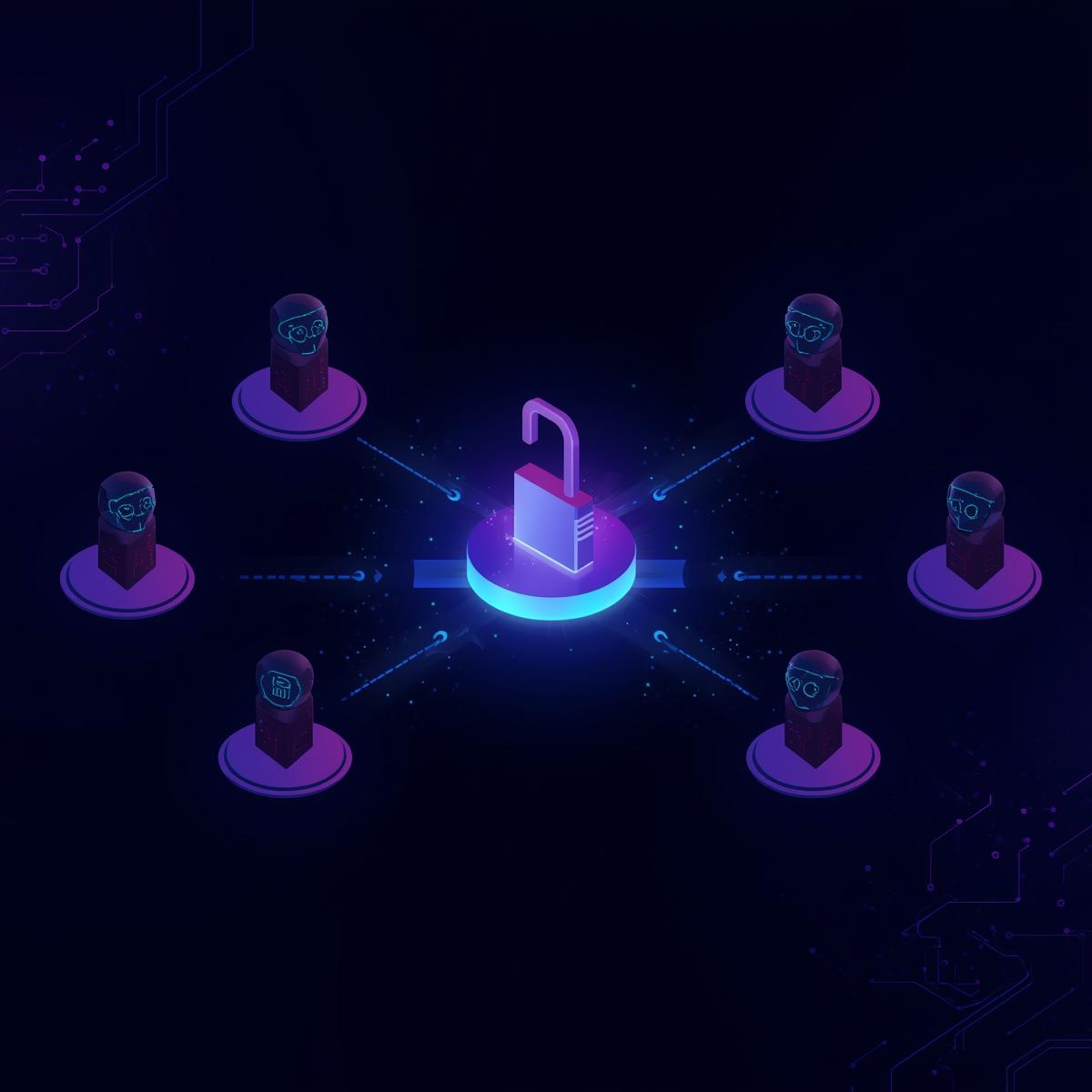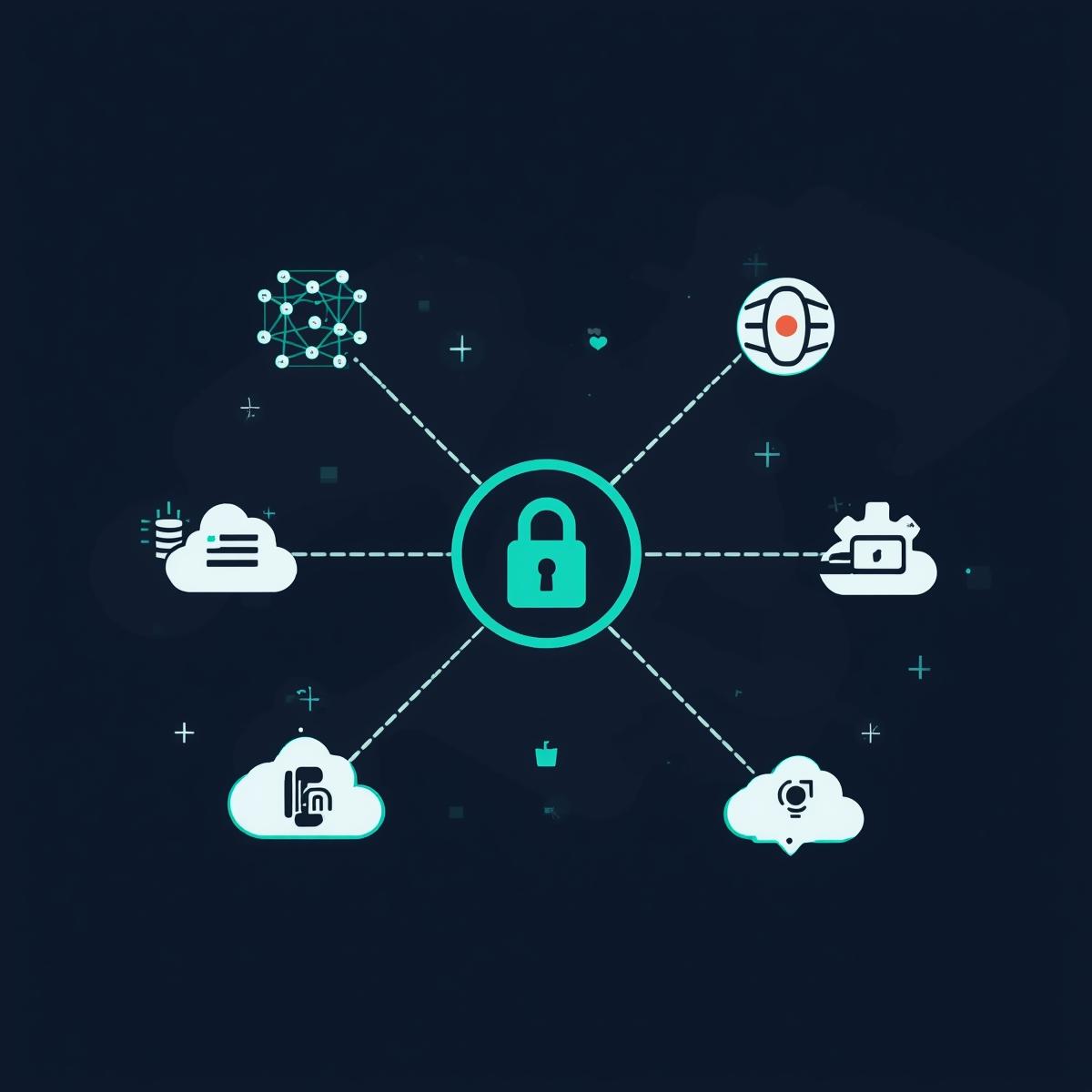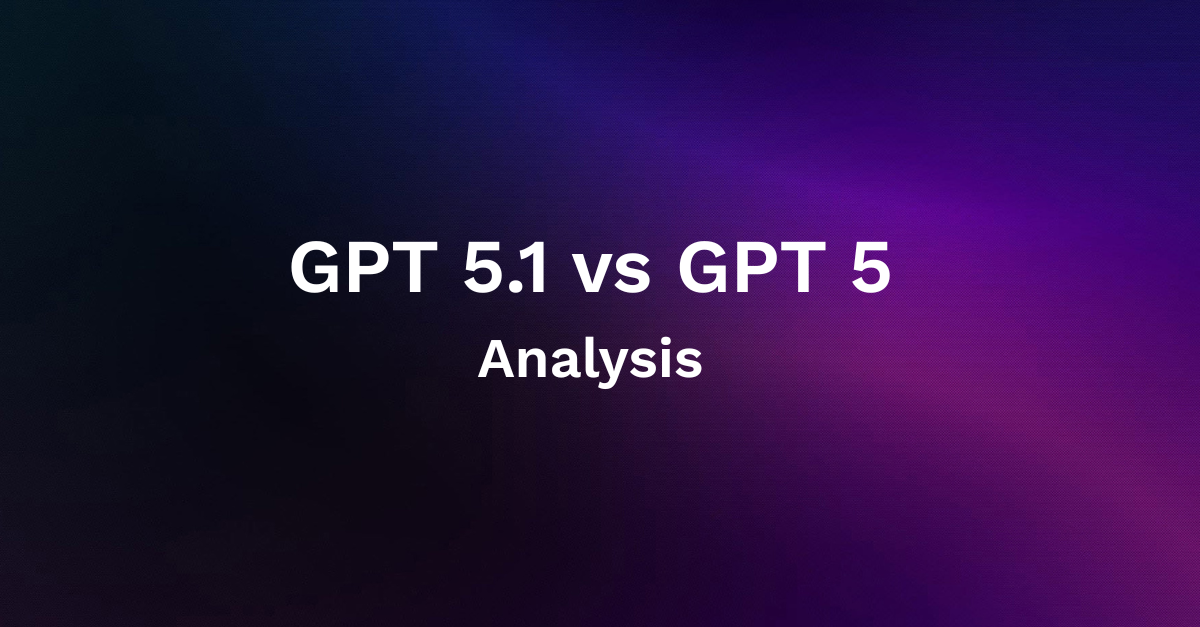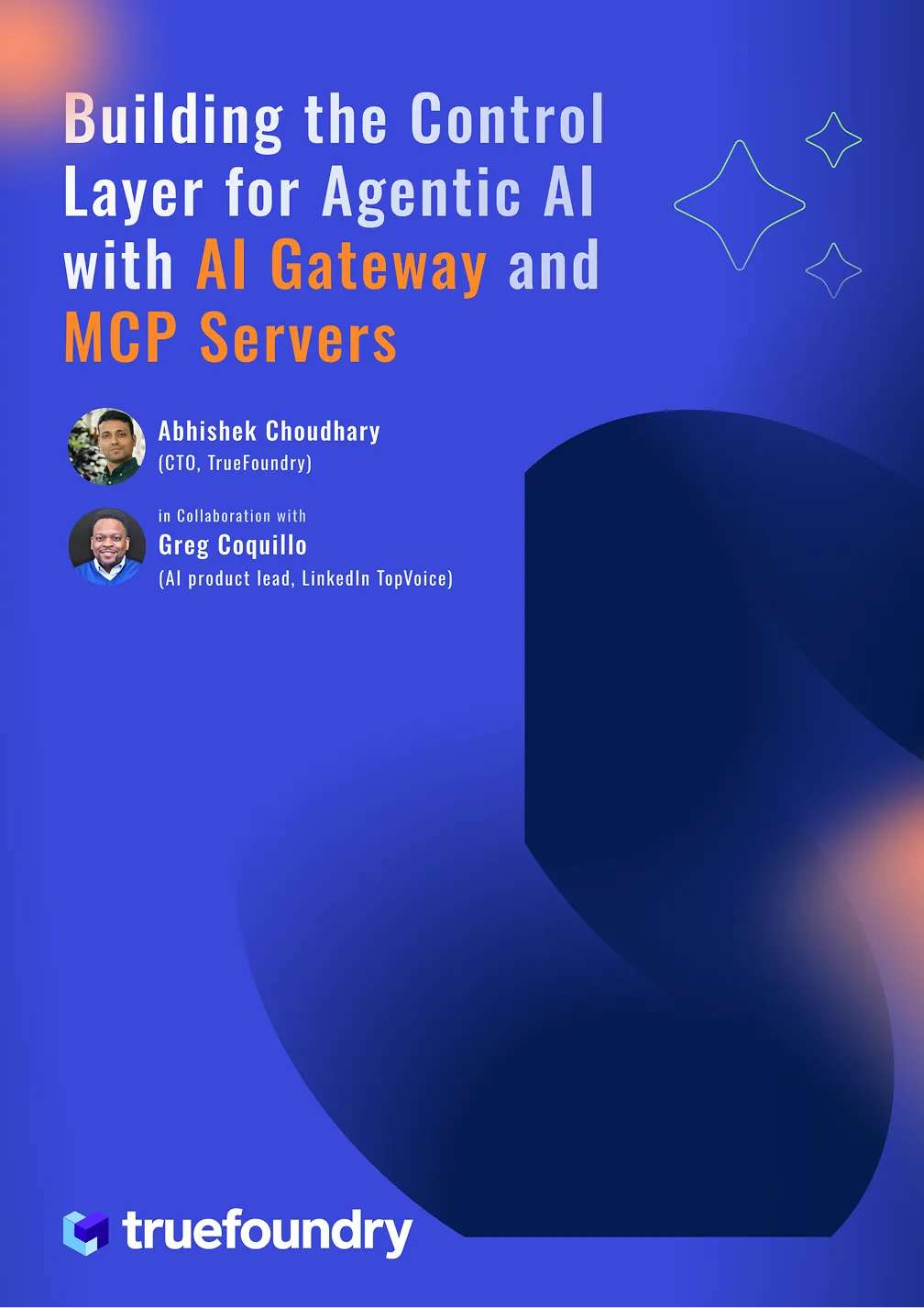What is MCP Authorization?
Introduction
If you’ve spent time building with the Model Context Protocol, you already know how powerful it is. MCP basically gives AI agents a clean way to talk to tools, access data, run actions, and plug into real systems.
And that power is great, but it also comes with a big responsibility. The moment an agent can read files, talk to APIs, or trigger operations, you need a way to control what it should be allowed to do. That’s where authorization becomes one of the most important pieces of the whole setup.
An MCP client might call a tool once, or it might call it 200 times during a long reasoning loop. It might ask for harmless information, or it might try to reach into something sensitive. Without proper authorization, the server has no idea when to say yes or when to reject a request. And with AI agents, a single wrong “yes” can easily expose data or fire an action you never intended.
MCP makes this manageable by separating two concerns: authentication proves who the client is; authorization defines what that client can do. This article walks through how authorization fits into MCP, how to design permission models, what standards it leverages (like OAuth 2.1), and how platforms like TrueFoundry simplify implementation while keeping your AI stack secure and scalable.
What is MCP Authorization?
MCP authorization is the system that governs what a connected client is allowed to do after authenticating with an MCP server. If authentication answers “Who are you?”, then authorization answers “What can you access?” and “What actions are allowed?” It is the layer that keeps every tool call, file request, and operation inside the boundaries you set.
In MCP, authorization isn’t a single built-in feature. Instead, it’s a design pattern that every server implements based on its own security needs. Some servers take a simple approach and trust any authenticated client. Others implement fine-grained rules that control access to specific tools, folders, APIs, or actions. MCP intentionally leaves this flexible, because different environments have very different security expectations.
You can think of authorization like the rulebook for interacting with your server. A client might have permission to read from a directory but not write to it. It might be allowed to call an internal API but only with certain parameters. It might be restricted to a specific set of tools while being blocked from others entirely. All of this is authorization.
The reason this matters so much in MCP is that AI agents often explore capabilities by trial and error. If a client tries a request it shouldn’t make, the server must be able to stop it. Proper authorization lets you control that behavior cleanly, without breaking the protocol or limiting the usefulness of the system.
How Authorization works in MCP?
Authorization in MCP follows a simple principle, the server decides what is allowed, and the client is expected to stay within those limits. There’s no heavy framework or complicated middleware behind it. MCP defines how requests move back and forth, and you apply your own permission logic on top.
Once a client connects, the server authenticates it. After identity is confirmed, authorization takes over. From this point, every request is checked against whatever rules the server has defined. It’s a continuous process, not a one-time approval.
Here’s the basic flow:
- The client sends a request, like calling a tool or reading a resource
- The server checks if the client is allowed to perform that specific action
- If permitted, the server executes the request
- If not, the server cleanly rejects it with an authorization error
This per-request validation is important because AI agents don’t always behave predictably. They may attempt different actions based on context, trial and error, or multi-step reasoning. Real-time authorization lets the server block unsafe or unintended operations without shutting down the session.
Clients also contribute to the safety story. A good MCP client reads the server’s capability list and avoids making calls outside those boundaries. This reduces unnecessary failures and helps the agent operate more smoothly.
Authorization Vs Authentication
A lot of people mix up authentication and authorization, but in MCP they play very different roles. The easiest way to think about it is this: authentication proves who the client is, and authorization decides what that client can do. Both matter, but they solve separate problems.
Authentication is the identity check. When a client connects to an MCP server, the server needs a way to confirm who is on the other side. This might be done through API keys, tokens, or any custom mechanism the server implements. Once that identity is verified, the server has a stable anchor for all future decisions.
Authorization kicks in after that. Instead of asking “Who are you?”, it asks:
- What tools is this client allowed to call
- What resources can it access
- What actions should be blocked
- What parameters are considered safe
In MCP, the two layers work together but stay independent. You could swap out the authentication method without touching the authorization logic, and vice versa. This separation gives developers flexibility and keeps the entire system easier to reason about.
Why does this matter? Because AI agents often behave dynamically. They may authenticate once, but their actions evolve over time. Authorization needs to handle every individual request, not rely on assumptions made at the start of the session.
So while authentication establishes trust, authorization defines boundaries. And in an MCP environment, both are essential for building systems that remain safe even when agents explore or improvise.
Permission Models in MCP
The Model Context Protocol does not define any built-in permission model. There are no official roles, access tiers, or rule categories inside the specification. Instead, MCP focuses on the transport layer and follows OAuth 2.1 conventions for authorization when servers choose to enable it. This means the protocol handles how authorization happens, but not what your permissions should look like. The actual rules about who can do what are entirely up to the server implementation.
In practice, authorization in MCP revolves around OAuth-style scopes. A server exposes capabilities, and each capability can be tied to scopes that represent the level of access required. When a client makes a request, the server checks the client’s access token, verifies the scopes it contains, and decides whether the request should proceed. This is the only permission mechanism the spec directly acknowledges.
Beyond that, developers design their own permission logic depending on what their server exposes. Some servers simply check for a specific scope before allowing tool calls. Others group tools behind different scopes so certain actions require elevated privileges. These patterns vary widely because the spec intentionally leaves this part open. It allows MCP to fit small personal tools, enterprise services, and everything in between.
The key point is that MCP provides the structure for authorization, but it does not dictate how your permissions must be organized. You decide the rules. MCP ensures the protocol can enforce them consistently.
MCP Authorization Flow
When an MCP server protects sensitive tools or resources, it relies on a standardized OAuth 2.1–style authorization flow. The overall idea is simple: the server challenges the client, the client discovers the authorization details, the user grants access, and then the client receives a token it can use for all future requests. MCP doesn’t invent a new security system; it reuses proven OAuth conventions so that any compliant client and server can trust each other.
Initial Challenge
The flow begins the moment an MCP client tries to connect. If authorization is required, the server responds with a 401 Unauthorized status and includes a WWW-Authenticate header. This header contains a link to a Protected Resource Metadata (PRM) document that describes how the client should authenticate. This is the server’s way of saying: “You need authorization, here’s where to start.”
Metadata Discovery
The client then fetches the PRM document. This metadata tells the client which authorization server to use and what scopes are available. From there, the client discovers the authorization server’s capabilities by fetching its metadata (issuer, token endpoints, registration endpoint, and so on). These steps follow OAuth 2.1, RFC 8414, and RFC 9728 standards.
Client Registration
At this stage, the client must be registered with the authorization server. It may already be pre-registered, or it can dynamically register itself through Dynamic Client Registration (RFC 7591). If neither is available, the user must manually provide client credentials.
User Authorization
With registration complete, the client directs the user to the authorization endpoint. The user logs in, consents to scopes, and the authorization server returns an authorization code. The client exchanges this code for an access token and, typically, a refresh token.
Authenticated Requests
Once the client has a valid token, it attaches it to each request using an Authorization header. The MCP server verifies the token, checks its scopes and audience, and only then processes the request. At this point, the client is fully authorized and can interact with the server according to the permissions granted.
Client Side Authorization
Client-side authorization in MCP is about how an MCP client discovers, requests, stores, and uses authorization credentials when connecting to a protected MCP server. The responsibility on the client side is not to decide permissions but to correctly follow the OAuth 2.1–based flow required by the server and attach valid tokens to every request.
When a client encounters a protected MCP server, the server responds with a 401 status and provides a pointer to its Protected Resource Metadata (PRM). The client must fetch this metadata, learn which authorization servers are supported, and then retrieve the authorization server’s own metadata. This gives the client the endpoints it needs for authorization, token exchange, and optional dynamic client registration.
At that point, the client either uses pre-registered credentials or performs Dynamic Client Registration if the authorization server supports it.
Once registered, the client initiates the standard OAuth authorization-code-with-PKCE flow, prompting the user to log in and consent to the requested scopes.
After receiving an access token, the client embeds it in the Authorization header for all MCP requests. The client must also track token expiry, refresh tokens when needed, and never send requests without a valid token. This ensures the MCP server can correctly enforce access control on every operation.
Authorization mechanisms in MCP
MCP does not invent its own authorization framework. Instead, it relies on well-established standards, primarily OAuth 2.1 and related specifications, to handle authorization between clients and servers. This is intentional: MCP keeps the protocol simple and delegates security to proven, widely adopted mechanisms.
The core mechanism is the OAuth 2.1 authorization code flow with PKCE. When an MCP server requires authorization, the client must obtain an access token from the authorization server. The token represents the permissions the user granted, encoded through OAuth scopes. MCP servers act as OAuth resource servers: each request must include a valid Bearer token in the Authorization header, and the server must validate that token before processing the operation.
What the token enforces
- Which scopes the client has been granted
(e.g., mcp:tools if the server defines that scope) - Whether the token is active and not expired
- Whether the token is meant for this specific MCP server
Beyond OAuth, MCP also references standards such as RFC 9728 (Protected Resource Metadata) and RFC 8414 (Authorization Server Metadata) to help clients discover how authorization should work.
Security risks of poor authorization
Weak authorization in an MCP server can quietly open the door to serious security issues. Because MCP servers often expose tools, resources, or operations an AI agent can trigger, a poorly protected endpoint can lead to unintended access or actions.
The most common risks include:
- Data exposure. If scopes or access checks are misconfigured, a client may access files, APIs, or user-specific data it was never meant to see.
- Unauthorized actions. An agent could call tools that modify data, send requests, or trigger workflows without permission.
- Token misuse. Accepting tokens without verifying audiences, scopes, or signatures allows attackers to replay or reuse credentials.
- Privilege escalation. Missing checks may let a normal client perform administrative or high-impact operations.
Even a single misconfigured rule can compromise the entire MCP server, which is why strict, per-request authorization is essential.
MCP Authorization use cases
Authorization becomes essential whenever an MCP server exposes capabilities that shouldn’t be freely accessible to every client. A common use case is protecting user-specific data.
For example, if an MCP server provides access to emails, documents, or private databases, OAuth-based authorization ensures only the correct user or client can reach those endpoints. Another strong use case is enterprise tool access, where different internal applications or teams connect to the same MCP server.
Authorization lets the server enforce which clients can use which tools, especially when some tools trigger administrative or high-impact actions. MCP authorization is also valuable for auditability and usage control. By tying requests to identities and scopes, organizations can track activity, enforce least-privilege access, and prevent accidental or unauthorized operations.
Implementing Authorization in MCP on TrueFoundry
When you use TrueFoundry’s AI Gateway to run MCP servers, authorization is built directly into how the server is registered and exposed. The flow is straightforward: you configure the server in the Gateway, choose how it should authenticate incoming requests, and assign which users or teams are allowed to access it. All permission checks then happen automatically.

The process starts with creating a server group and adding your MCP server under a provider account. During setup, you select the authentication method the server should use. TrueFoundry supports options such as No Auth, Header Auth, OAuth2, and Dynamic Client Registration. After the server is added, you specify which users or teams should have access to it. This becomes the authorization policy the Gateway enforces.
On the client side, access works through bearer tokens. You use either a Personal Access Token or a Virtual Account Token when making requests to the Gateway endpoint. The token represents the caller’s identity, and the Gateway validates it before forwarding the request to the MCP server. In your code, you reference the MCP server using its integration identifier, list the tools you want to call, include the token in the header, and issue the request normally.
TrueFoundry takes care of validating the token, checking access rights, and ensuring only authorized callers can trigger MCP tools or operations.
Conclusion
Authorization is one of the most important parts of building safe and reliable MCP-based systems. It defines the boundaries for every tool call, resource request, and operation an AI agent can perform. By combining clear identity, well-defined permissions, and proper validation, you ensure that MCP servers stay secure without limiting capability. Whether you’re using standard OAuth flows, local credentials, or platform features like TrueFoundry’s AI Gateway, strong authorization is what turns powerful MCP integrations into production-ready systems.
Built for Speed: ~10ms Latency, Even Under Load
Blazingly fast way to build, track and deploy your models!
- Handles 350+ RPS on just 1 vCPU — no tuning needed
- Production-ready with full enterprise support
TrueFoundry AI Gateway delivers ~3–4 ms latency, handles 350+ RPS on 1 vCPU, scales horizontally with ease, and is production-ready, while LiteLLM suffers from high latency, struggles beyond moderate RPS, lacks built-in scaling, and is best for light or prototype workloads.


















